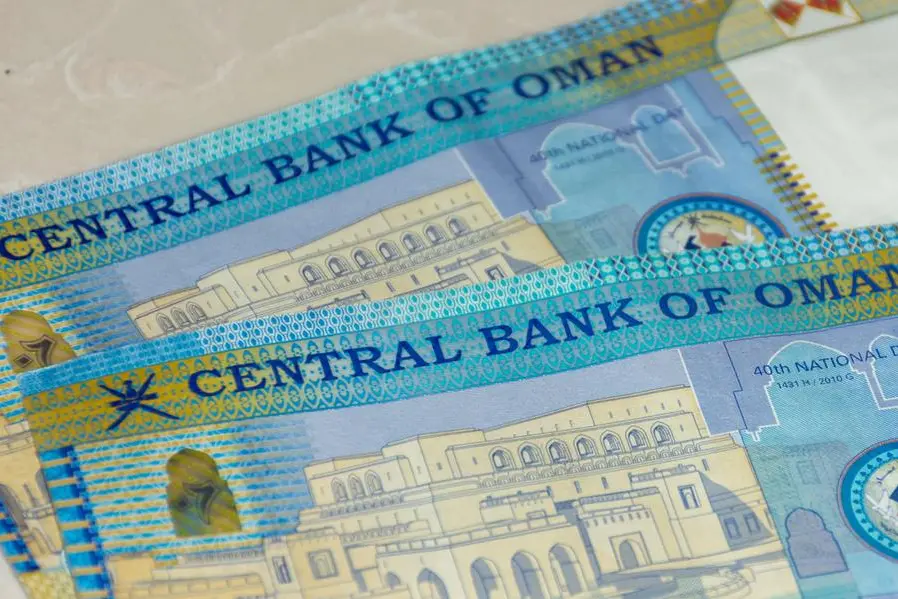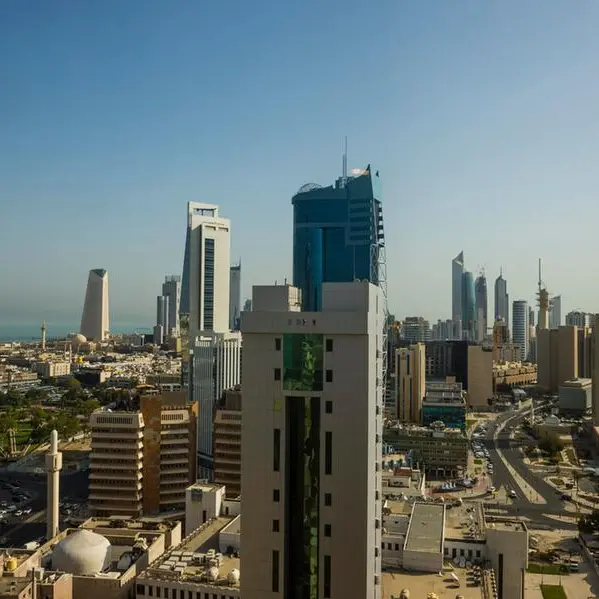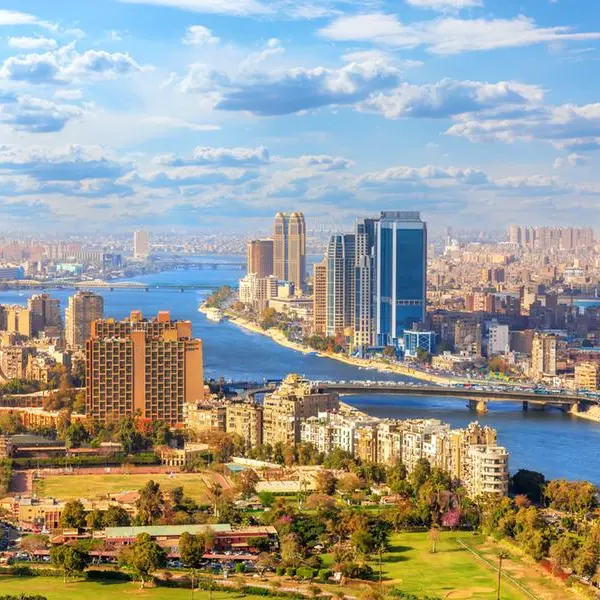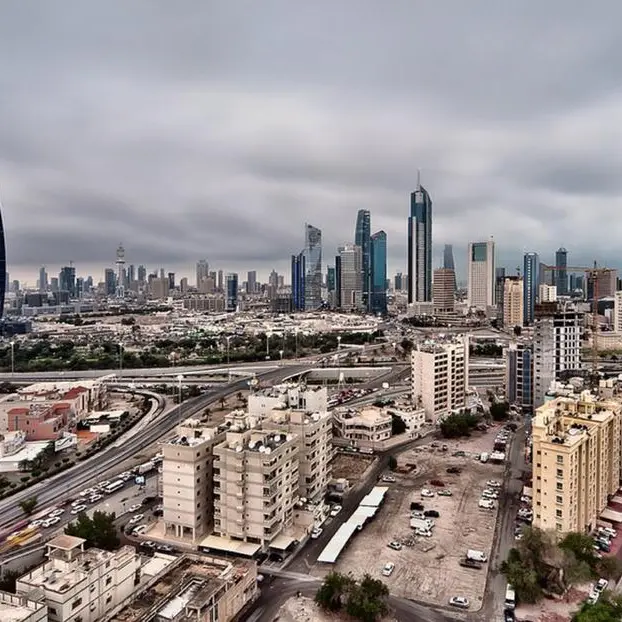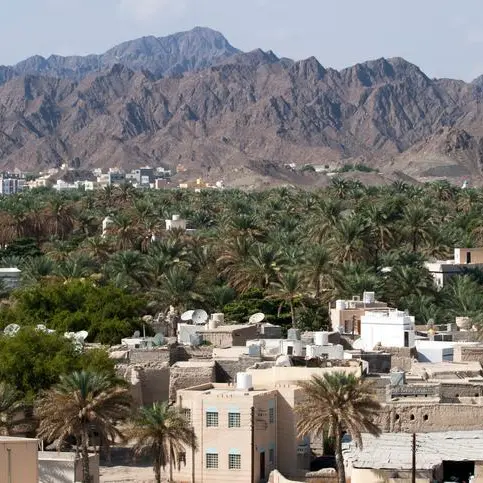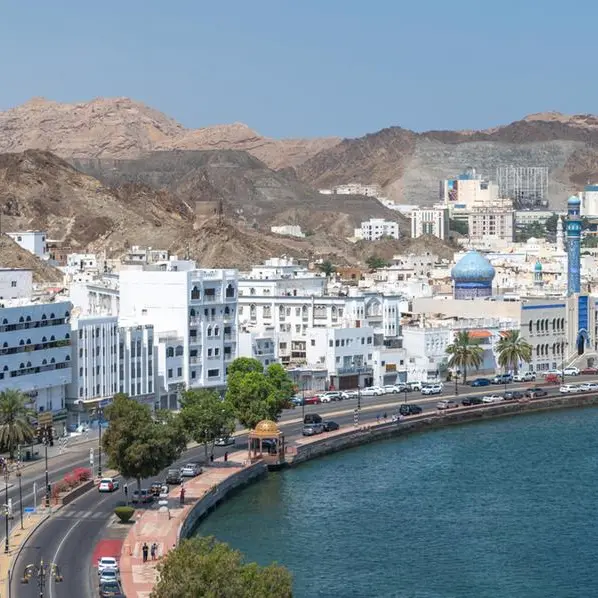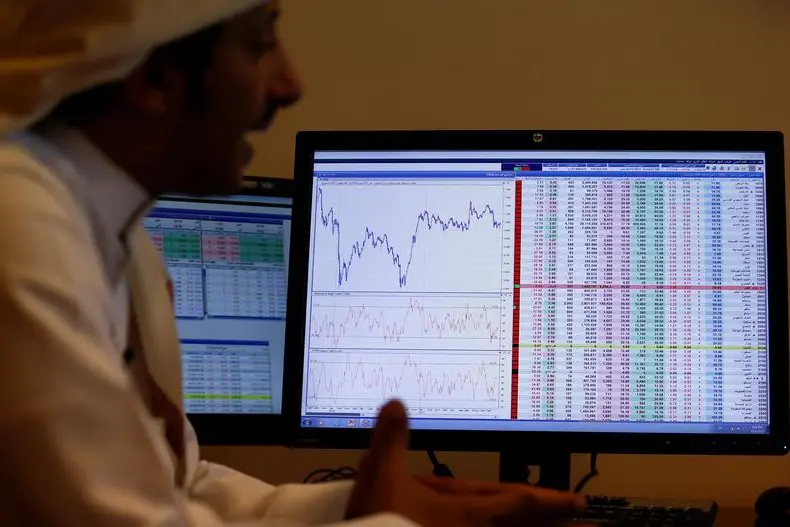PHOTO
A close up of the Central Bank of Oman 20 Riyal bills of cash. Getty Images Image used for illustration
Muscat – Helped by fiscal reforms and elevated oil prices, Oman’s public debt has substantially decreased to 35% of gross domestic product (GDP) in 2023 from nearly 70% of GDP in 2020 when the dual-shock of the pandemic and oil price collapse severely impacted the government finances.
The sultanate’s debt-to-GDP ratio also declined significantly in 2023 compared to 2022 when it stood at 40%, attributed to the government’s spending restraints and higher than budgeted oil prices. This improved debt situation has also contributed to an enhancement in Oman’s sovereign credit ratings.
Due to the fall in oil prices since 2014, Oman’s general budgets recorded deficits for more than eight years, forcing the country to finance these deficits by borrowing from local and external institutions. Consequently, public debt increased to nearly 70% of GDP in 2020.
In August last year, the Ministry of Finance estimated that Oman’s safe debt limit is at 30% of GDP, allowing the government to meet debt obligations and sustain economic growth.
As part of the government’s initiatives for Liability Management Exercise and Public Debt Reduction, the preliminary results of the 2023 budget showcase significant achievements.
The government successfully reduced public debt from RO17.6bn in 2022 to RO15.2bn at the end of 2023, effecting a repayment of approximately RO2.4bn, the Ministry of Finance said in its 2024 budget statement released on Tuesday.
‘Consequently, the public debt ratio, calculated as a percentage of GDP, declined to 35% at the end of 2023. Additionally, the public debt servicing cost underwent a substantial reduction from the approved budget of RO1.2bn to about RO1.06bn in 2023,’ the ministry noted.
The preliminary results of Oman’s 2023 budget reveal a substantial surplus of approximately RO931mn, in stark contrast to the initially projected deficit of RO1.3bn.
‘Several factors have contributed to this positive shift, including an upturn in oil prices, the persistent implementation of the government’s fiscal consolidation measures, in addition to the reduction in public debt service,’ the ministry said.
Oman sold its crude oil at an average price of $82 per barrel during 2023, substantially higher than the $55 per barrel price on which the 2023 budget was based.
Govt to pay off more debt in 2024
Oman’s 2024 budget aims to maintain financial, economic, and social stability in line with the financial framework of the 10th Five-Year Development Plan (2021-2025) and Oman Vision 2040.
In accordance with the directives of His Majesty Sultan Haitham bin Tariq to prioritise reducing public debt, the sultanate’s 2024 budget aims to pay off ‘a portion’ of the public debt.
According to the 2024 budget estimates, the fiscal deficit for the 2024 budget is projected at RO640mn, i.e., 6% of total revenue and 1.5% of GDP.
The deficit will be financed through internal and external borrowing by RO240mn. The remaining deficit, estimated at approximately RO400mn, will be covered through drawing on reserves, according to the Ministry of Finance. The ministry said that Oman will neither borrow nor withdraw on reserves to finance the 2024 budget deficit in case of generating higher public revenue, resulting in a fiscal surplus. Nevertheless, the government may borrow to replace high-cost loans with low-cost loans.
© Apex Press and Publishing Provided by SyndiGate Media Inc. (Syndigate.info).
